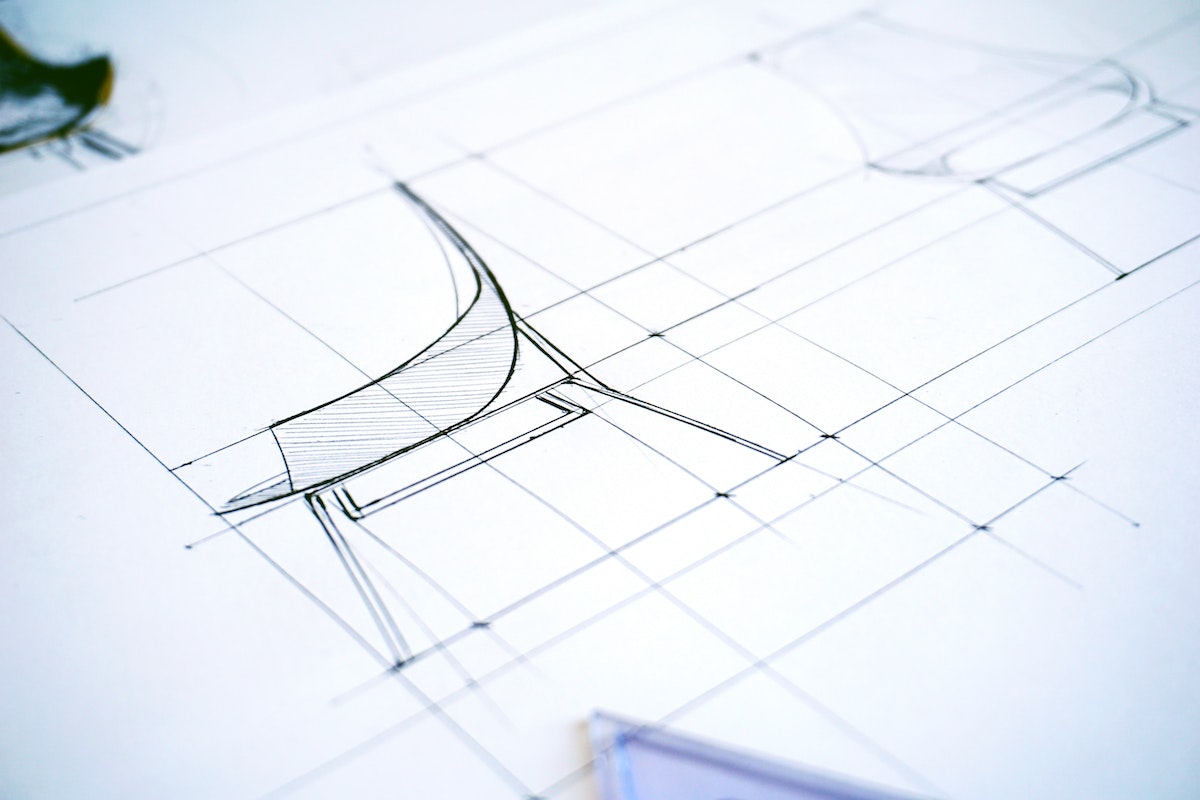It usually takes years for innovative and custom solutions to become indispensable for their audience due to their visuals and functionality. That’s why the creation of any software solution occurs gradually, passing through several mandatory steps, some of which can go simultaneously. This approach allows teams and stakeholders to avoid unnecessary time and financial costs for the implementation of deliberately failed features that won’t be accepted by end users. So let’s learn the main steps in the long, hard road to product designing.

9 Stages to Follow
So, what do you have to do to make your solution successful both in the eyes of your target audience and your accountant? The one-size-fits-all answer is below.
Diving in Context
Immersion is the first and most important of the steps to design a product. Business owners must understand that they waste time and resources for a reason. It’s essential that the project team has to dive into the details of the workflows in the client’s company and carefully understand what market the software is being prepared for, and how to make it truly useful.
Gathering Prerequisites
In this product designing phase, the project team defines and documents software requirements based on user needs, goals, and stakeholder suggestions. This includes the collection of functional and non-functional requirements.
Analysis
The next step in our guide on how to design products implies the analysis of the requirements to understand the architecture and components of the system. Then, software is created, including system architecture, data structures, algorithms, and user interfaces.
Manual Work
In this phase of the production design process, developers start coding. Programmers write source code using programming languages and specific tools. Also, they perform unit testing to make sure the individual components work correctly.
Bug and Issues Checking and Fixing
The project is tested at various levels to identify defects, bugs, and functional issues. This can be performed through unit testing, integration testing, system testing, acceptance testing, etc. Testers verify that the solution meets the specified requirements and works as intended.
Deployment
In this phase of the product design process, the project is prepared for production and released to end users or customers. This possesses installing, configuring, and deploying the software on the intended hardware or platforms. This may also imply data migration and end-user training. At Linkup Studio, you can find additional information on the deployment of software projects, which may prove beneficial.
Operation and Support of Specialists
Once the software is deployed, it enters the operational phase. Therefore, the development team performs ongoing maintenance, bug fixing, performance monitoring, and support. Updates and improvements may be released to address issues or add new features.
Marketing Positioning
Marketing activities are cross-cutting and are carried out throughout the entire process of creating a project. It’s vital to create awareness of a solution among its target audience, attract users, and build a customer base.
Enrichment With New Features
As user needs evolve and technology advances, the software may require upgrades or updates. Thus, the team conducts iterative development, adding new features and enhancements to keep the software up to date. Eventually, the software may end its lifespan and cease active use.
Summary
Following all of the above stages in product design helps you create a competitive solution with a long life cycle tailored to the needs of its target audience. If you are looking for a team that is ready to take responsibility for the implementation of these rules, feel free to contact us. We’ll select experts for your project with experience in your niche so that the resulting solution fully complies with the standards and best practices of your industry.